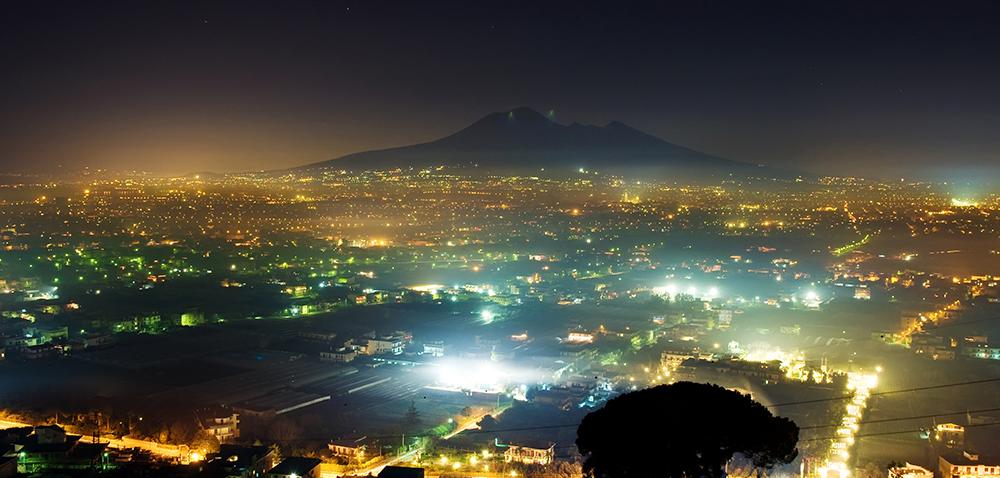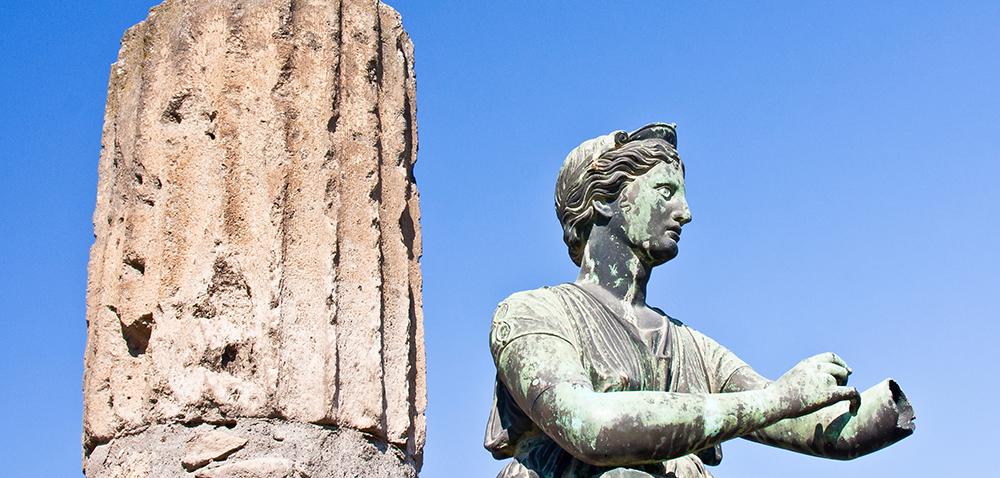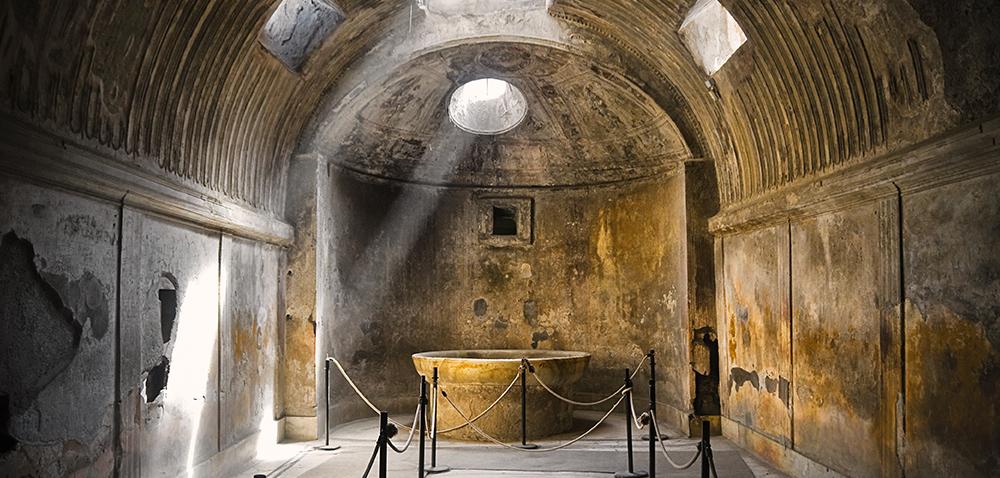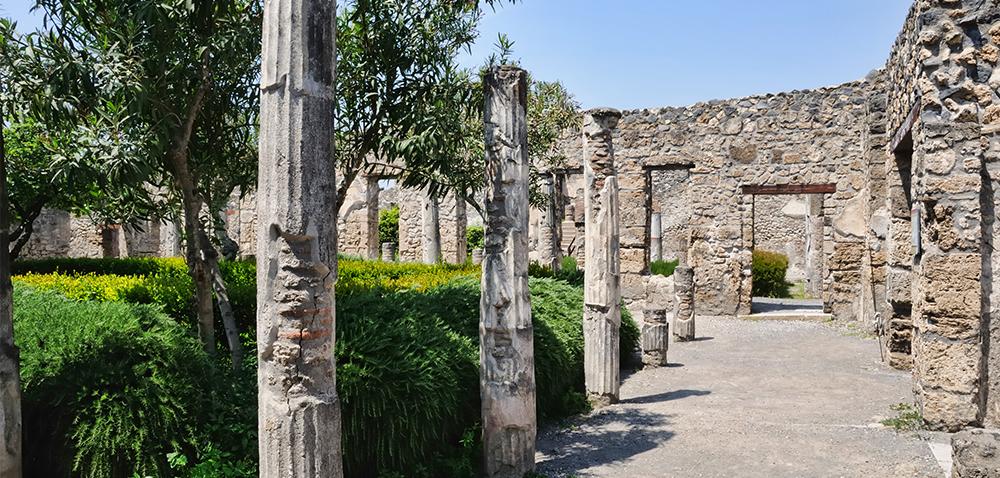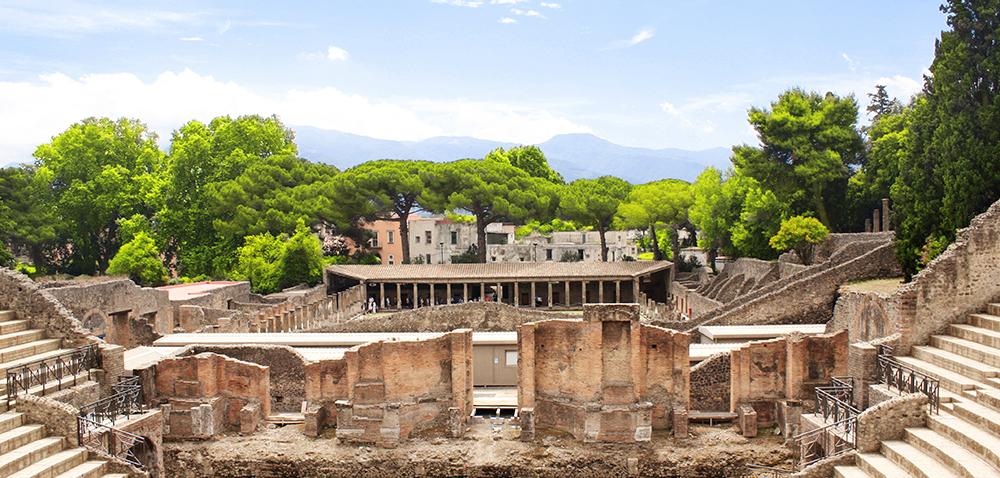There’s more to Pompeii than tragedy
The Roman city of Pompeii may be famous for its fiery fate at the mercy of volcanic Mt.Vesuvius in 79AD, but before it fell, there was much to be celebrated about the ancient city.
Believed to be founded by the Oscans in the sixth or seventh century BC and conquered by the Romans in 80BC, the city had several hundred years’ of glory. By the time the volcano erupted, it had some 20,000 inhabitants, a fully developed water system, amphitheater, port and countless temples.
The city may have been buried in ash for over 1,500 years following the disaster, but the lack of air and moisture helped preserve so much of what made Pompeii so special. Archeologists were able to get a valuable insight into life in the city from the artifacts, frescos and treasures they discovered. Eerily, they were even able to use plaster to take casts of the gaps in the ash left by fallen citizens, creating a haunting record of their existence.
Partly through notoriety and part through the incredible preservation of its history, Pompeii has been a popular tourist destination for over 250 years, and has been granted UNESCO World Heritage status. Its popularity will probably go up even more as a result of the 2014 Hollywood movie set at the time of the disaster.
If you’re thinking of visiting, don’t worry, you can probably relax. Probably. Mt Vesuvius, mainland Europe’s only active volcano (and with 3,000,000 people living nearby, one of the world’s most dangerous) is considered dormant…but that’s not to say it’s extinct. It last erupted as recently as 1944, and is just taking an extended nap.
Believed to be founded by the Oscans in the sixth or seventh century BC and conquered by the Romans in 80BC, the city had several hundred years’ of glory. By the time the volcano erupted, it had some 20,000 inhabitants, a fully developed water system, amphitheater, port and countless temples.
The city may have been buried in ash for over 1,500 years following the disaster, but the lack of air and moisture helped preserve so much of what made Pompeii so special. Archeologists were able to get a valuable insight into life in the city from the artifacts, frescos and treasures they discovered. Eerily, they were even able to use plaster to take casts of the gaps in the ash left by fallen citizens, creating a haunting record of their existence.
Partly through notoriety and part through the incredible preservation of its history, Pompeii has been a popular tourist destination for over 250 years, and has been granted UNESCO World Heritage status. Its popularity will probably go up even more as a result of the 2014 Hollywood movie set at the time of the disaster.
If you’re thinking of visiting, don’t worry, you can probably relax. Probably. Mt Vesuvius, mainland Europe’s only active volcano (and with 3,000,000 people living nearby, one of the world’s most dangerous) is considered dormant…but that’s not to say it’s extinct. It last erupted as recently as 1944, and is just taking an extended nap.

